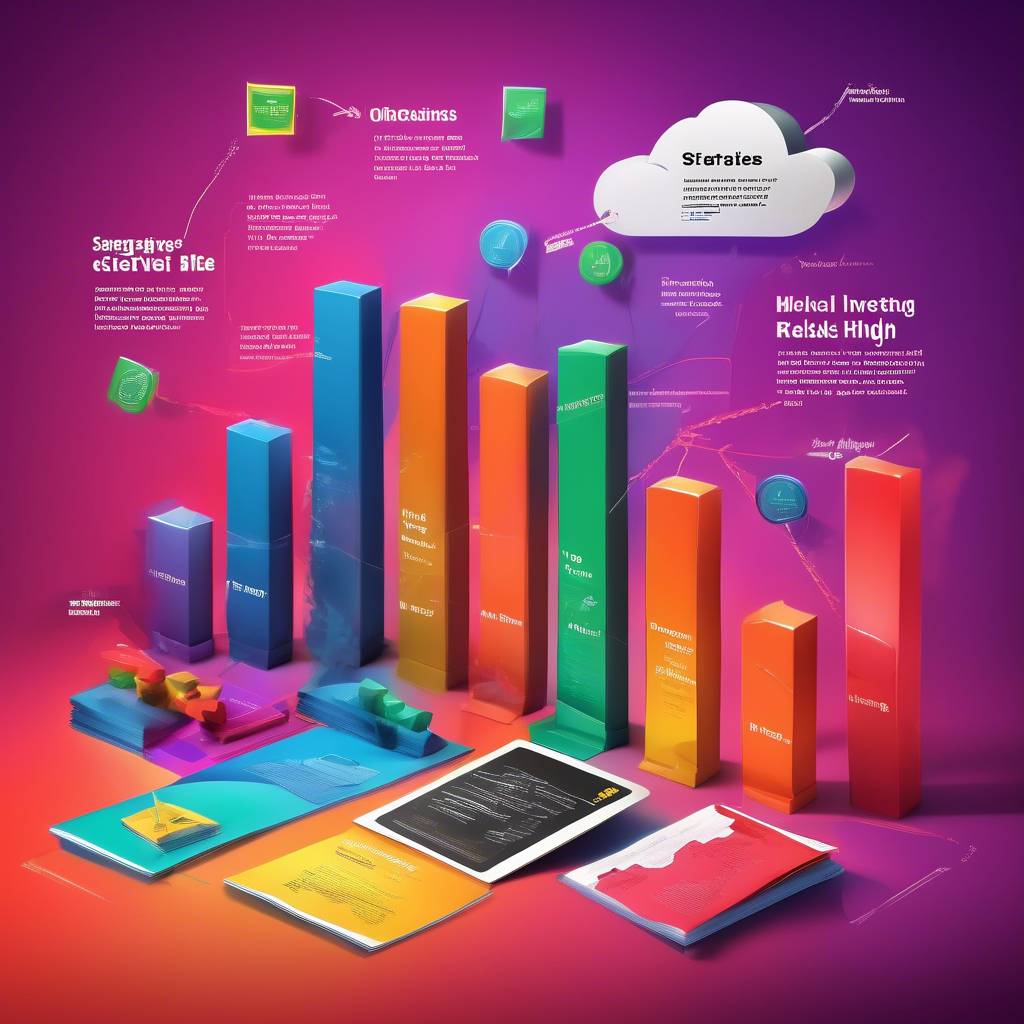There is no such thing as a truly safe investment, as every asset carries some level of risk, from Treasury bills to real estate to stocks. The Financial Industry Regulatory Authority (FINRA) identifies short-term US Treasury bills as the safest investment, but even they come with their own set of risks, such as fluctuating rates and the possibility of the Federal Reserve not paying back the invested money in an extreme scenario. It is important to recognize that all investments involve some degree of risk, and investors should be prepared for potential losses regardless of where they allocate their funds.
Inflation risk poses a significant threat to cash investments, as the value of money decreases over time due to inflation. Even cash, typically misconceived as a safe investment, can lose its value over time as inflation erodes its purchasing power. In light of this, it is essential for investors to understand that no investment is entirely risk-free, and even seemingly secure options like cash can be impacted by external factors like inflation.
Investors who are wary of stock market volatility often turn to target-date funds as a way to minimize risk while still generating returns. These funds automatically adjust the allocation of assets based on the target retirement date, gradually reducing exposure to stocks and increasing holdings in bonds to enhance safety as the investor nears retirement. However, target-date funds may not always live up to expectations, as demonstrated by a comparison between the Vanguard Target Retirement 2025 Fund and the S&P 500 index fund. Fear-driven decisions can result in missed opportunities for significant returns, highlighting the importance of balancing risk and reward in investment strategies.
While target-date funds offer stability and a set-it-and-forget-it approach, they may not always deliver the desired outcomes in terms of returns. Investors should carefully consider the trade-offs between safety and growth potential when choosing investment vehicles, as sacrifices in returns may outweigh the perceived benefits of reduced risk. Comparisons between target-date funds and other investment options, such as closed-end funds (CEFs) that focus on high dividends and long-term gains, reveal the potential for superior performance in alternative assets with higher levels of risk.
Closed-end funds focused on large cap stocks tend to outperform target-date funds in terms of total returns and dividends, challenging the notion that low-risk investments are the best choice for retirement savings. By seeking out investments with the potential for higher returns and cash flow, investors may be able to maximize their long-term growth potential and secure a more financially stable retirement. The key is to carefully evaluate the risk-reward trade-offs and consider a diversified portfolio that balances safety with growth in order to optimize investment outcomes.
In conclusion, while target-date funds may offer a conservative approach to retirement savings, they may not always deliver the desired results in terms of returns and income generation. By exploring alternative investment options and embracing a more active approach to managing risk and rewards, investors can potentially enhance their long-term financial prospects and achieve greater stability in their retirement portfolios. It is essential to conduct thorough research, seek professional guidance, and remain vigilant in monitoring and adjusting investment strategies to adapt to changing market conditions and financial goals.






